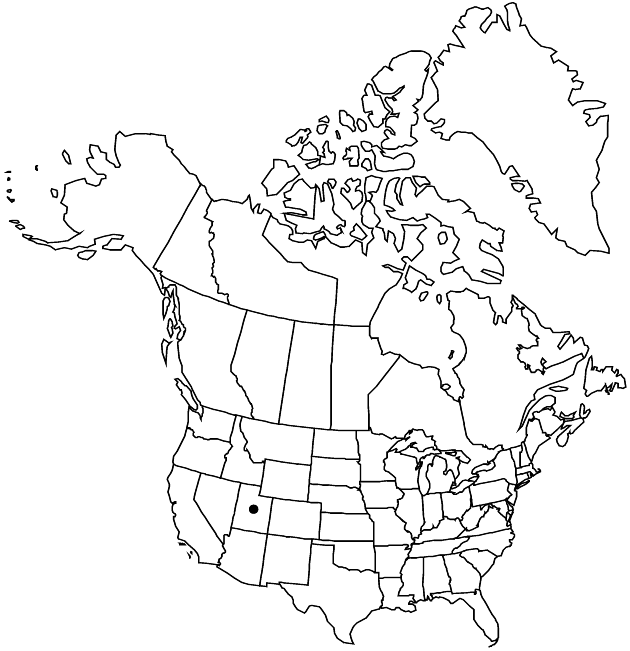Difference between revisions of "Hymenopappus filifolius var. tomentosus"
Rhodora 58: 237. 1956.
Basionym: Hymenopappus tomentosus Rydberg
FNA>Volume Importer |
FNA>Volume Importer |
||
| Line 49: | Line 49: | ||
|publication year=1956 | |publication year=1956 | ||
|special status= | |special status= | ||
| − | |source xml=https://jpend@bitbucket.org/aafc-mbb/fna-data-curation.git/src/ | + | |source xml=https://jpend@bitbucket.org/aafc-mbb/fna-data-curation.git/src/8f726806613d60c220dc4493de13607dd3150896/coarse_grained_fna_xml/V19-20-21/V21_766.xml |
|tribe=Asteraceae tribe Heliantheae | |tribe=Asteraceae tribe Heliantheae | ||
|subtribe=Asteraceae (tribe Heliantheae) subtribe Hymenopappinae | |subtribe=Asteraceae (tribe Heliantheae) subtribe Hymenopappinae | ||
Revision as of 15:37, 18 September 2019
Stems 30–60(–70) cm. Leaves: basal axils ± densely tomentose, terminal lobes 3–6 mm; cauline 5–12. Heads 4–14. Peduncles 1–6 cm. Phyllaries 7–10 mm. Florets 30–40; corollas yellowish, 3–4.5 mm, throats 1.5–2.5 mm, lengths 3–4(–6) times lobes; anthers 2.5–3 mm. Cypselae 4.5–5 mm, hairs 0.5–1 mm; pappi 0.8–1.8 mm. 2n = 34.
Phenology: Flowering May–Jun.
Habitat: Sands, rocky soils, limestones
Elevation: 1000–2100 m
Discussion
Selected References
None.
Lower Taxa
None.
